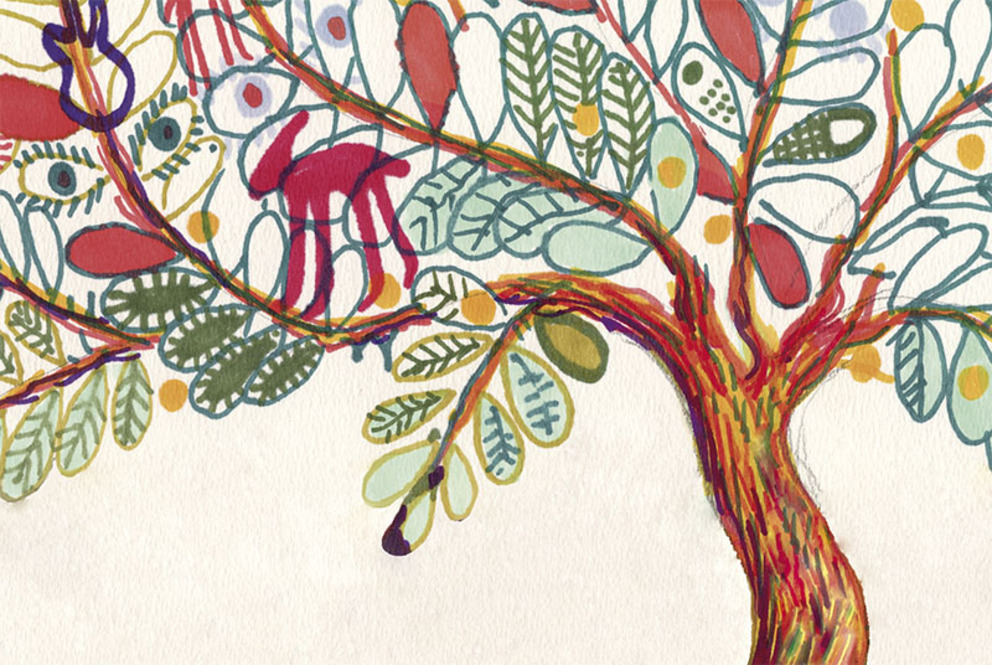
Human Rights in Western Sahara
Desde la ocupación por Marruecos del territorio del Sáhara Occidental en 1975, la población saharaui sufre violaciones de derechos humanos de forma sistemática, segregación social y marginación política. Esta página presenta algunos de los recursos elaborados por Hegoa en su labor de acompañamiento a las organizaciones de derechos humanos saharauis en su intento por cubrir un vacío de información y contribuir a avanzar en los procesos de búsqueda de la verdad, justicia y reparación para el pueblo saharaui.
En el año 2010 y con la asesoría de Carlos Martín Beristain y el apoyo del Gobierno Vasco y Euskal Fondoa, Hegoa emprendió la apuesta estratégica de trabajar con la población saharaui en materia de derechos humanos, concretamente en la investigación sobre violaciones de derechos humanos cometidas en el Sáhara Occidental ocupado. Posteriormente, en 2012, este trabajo se vió reforzado por la incorporación de la Sociedad de Ciencias Aranzadi bajo la dirección del médico y antropólogo forense Francisco Etxeberria.
El primer resultado de este proceso fue la publicación del informe El Oasis de la Memoria. Memoria histórica y violaciones de Derechos Humanos en el Sahara Occidental (Hegoa, 2012), que recoge una muestra representativa (261 testimonios) de la mayor parte de las violaciones de derechos humanos sufridas por mujeres y hombres saharauis desde 1975 hasta 2011, como bombardeos, desapariciones forzadas, torturas o violencia sexual, y en el que se realiza un análisis de las medidas de verdad, justicia y reparación llevadas a cabo por Marruecos y la agenda pendiente para el caso del Sáhara.
A raíz del conjunto de violaciones recogidas en El Oasis de la Memoria, con el apoyo financiero de Euskal Fondoa, Hegoa ha realizado diversos trabajos de profundización temática que han dado lugar a publicaciones sobre: bombardeos a la población civil, fosas comunes, desaparición forzada y derecho a la verdad, víctimas de minas, violaciones de derechos humanos de las mujeres, memoria histórica y resistencias de las mujeres saharauis…
En este proceso, Hegoa aborda el trabajo en derechos humanos en el Sáhara Occidental desde un enfoque de género y feminista. El trabajo sobre mujeres saharauis y memoria histórica coordinado por Irantzu Mendia y recogido, entre otras publicaciones, en En tierra ocupada. Memoria y resistencias de las mujeres en el Sáhara Occidental (Hegoa, 2016), se ha basado en la Resolución 1325 del Consejo de Seguridad de Naciones Unidas sobre Mujeres, paz y seguridad, que contempla la protección de las mujeres, el reconocimiento de impactos diferenciados de los conflictos en hombres y mujeres, e impactos relacionados con la construcción de paz.
En esa línea, en 2022, Hegoa publica el informe Que salga todo a la luz. Violaciones de derechos humanos de las mujeres en el Sáhara Occidental ocupado (1975–2021), realizado de manera conlaborativa con un equipo de defensoras saharauis de las zonas ocupadas. El informe recoge 81 testimonios desgarradores de mujeres saharauis de distintas edades que han sido víctimas de una o más violaciones de derechos humanos cometidas por el régimen marroquí, desde el inicio de la ocupación civil y militar del territorio saharaui a la actualidad: violaciones del derecho a la vida, tortura y otros tratos o penas crueles, inhumanos o degradantes, violencia sexual, violaciones de la libertad y seguridad personal, desplazamiento forzado y violaciones de derechos económicos, sociales y culturales.
El estudio permite mostrar las frecuencias e identificar patrones de la violencia ejercida contra las mujeres saharauis. Se brinda información sobre los responsables de la violencia y se documentan las consecuencias o impactos de ésta, en sus vertientes física, psicológico-emocional y socio-familiar, además de las estrategias de las mujeres para afrontar o tratar de recuperarse de tales impactos. El estudio también permite conocer los niveles de acceso a la justicia de las mujeres víctimas, y el tipo de demandas que ellas realizan en términos de reparación y garantías de no repetición.
Hegoa pone énfasis en el fortalecimiento de capacidades de las organizaciones saharauis en materia de derechos humanos, con miras a formar equipos locales calificados que puedan abordar y liderar sus procesos de recuperación de la memoria histórica, así como de investigación, denuncia e incidencia sobre violación de derechos humanos, para lo cual también se elaboran guías y herramientas metodológicas para uso de las organizaciones saharauis.
Publicaciones, documentales y otros recursos
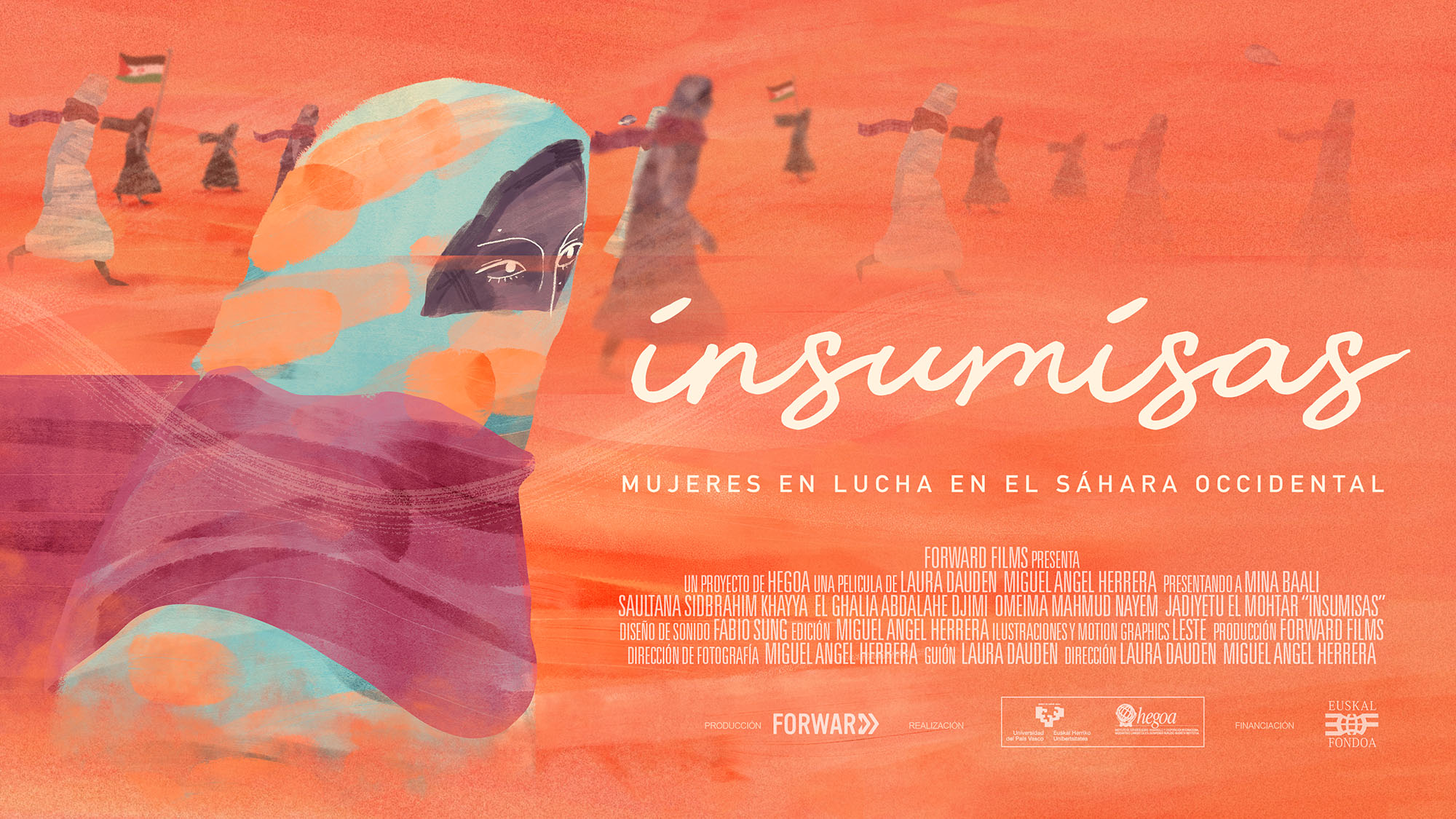 |
Insumisas. Mujeres en lucha en el Sáhara Occidental Documental (26'). Dirección: Laura Dauden y Miguel Angel Herrera. 2023 |
|
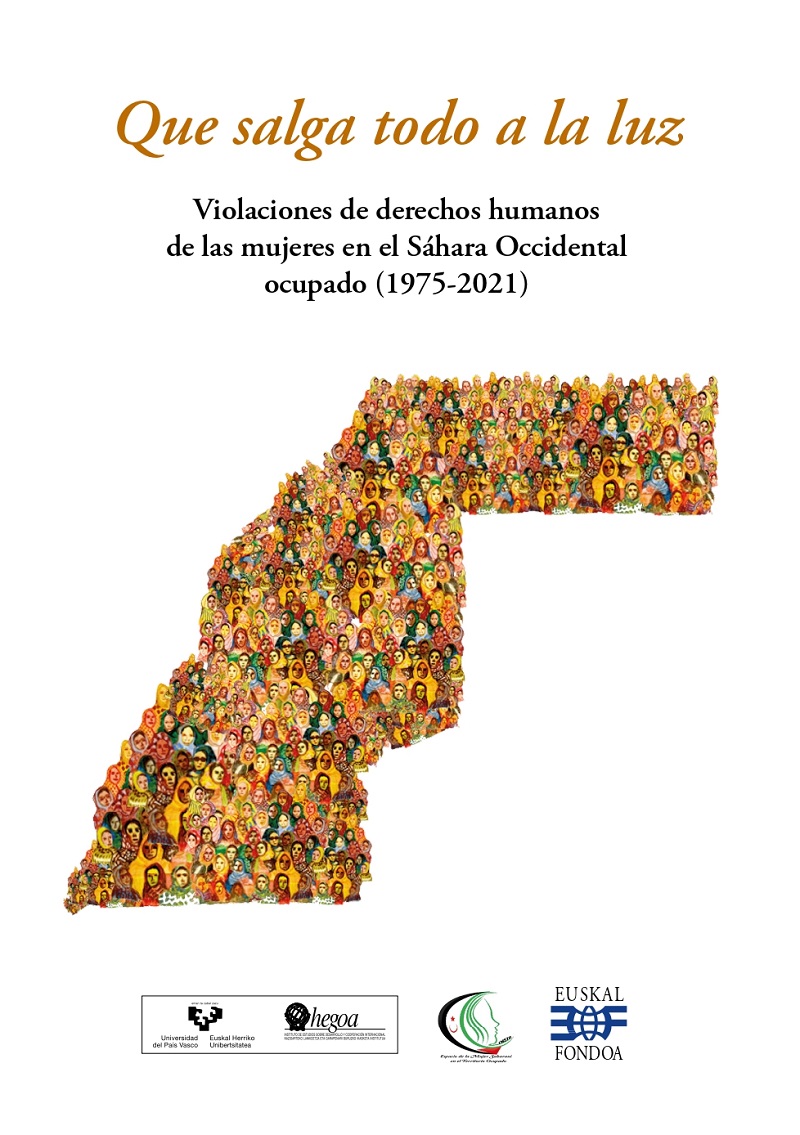 |
Mendia Azkue, Irantzu; Guzmán Orellana, Gloria; Montenegro Garay, Tatiana; Djimi, El Ghalia; Baali, Mina; Boutanguiza, Salha; (et al.) 2022 |
|
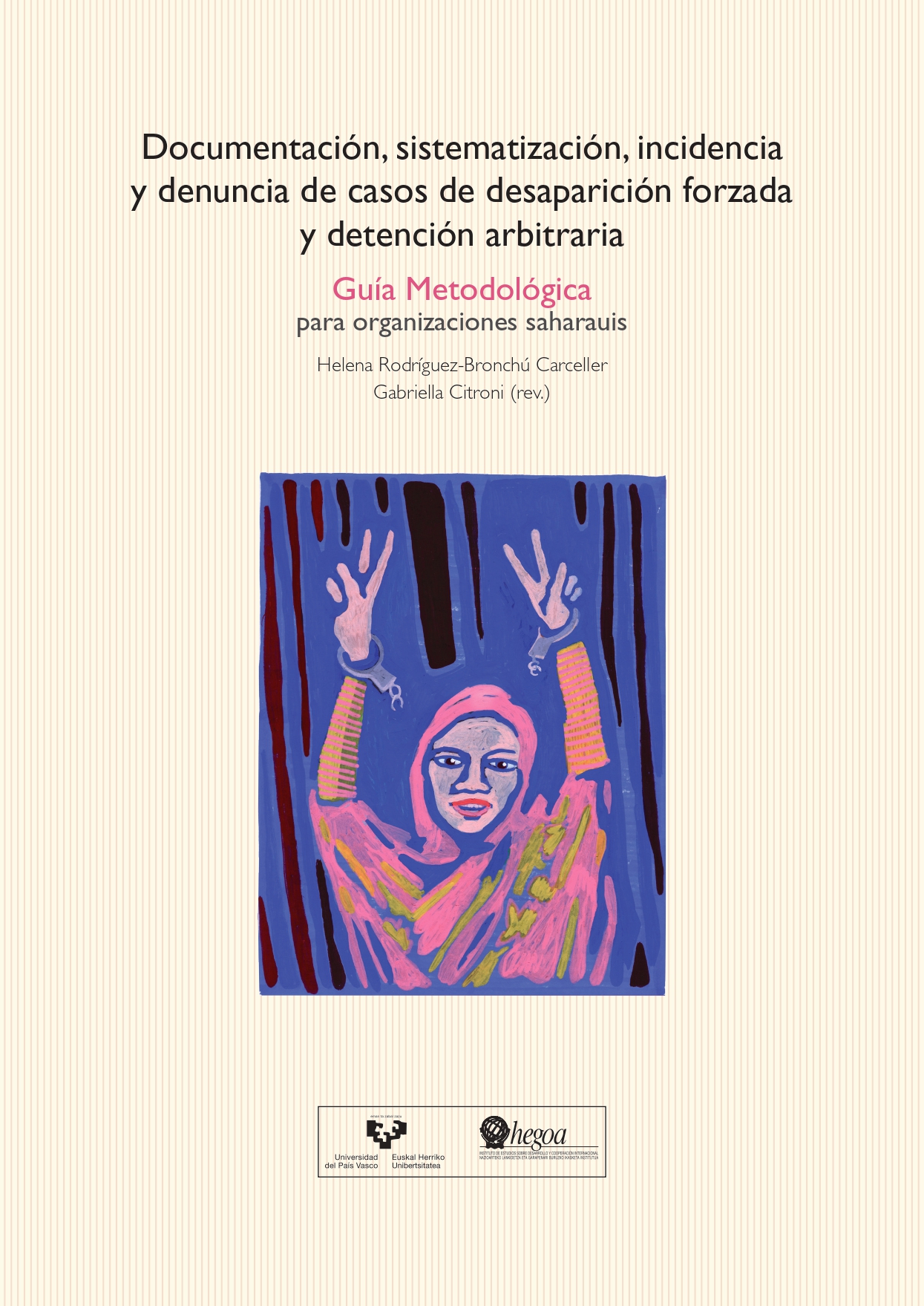 |
Rodríguez-Bronchú Carceller, Helena; Citroni, Gabriella 2019 |
|
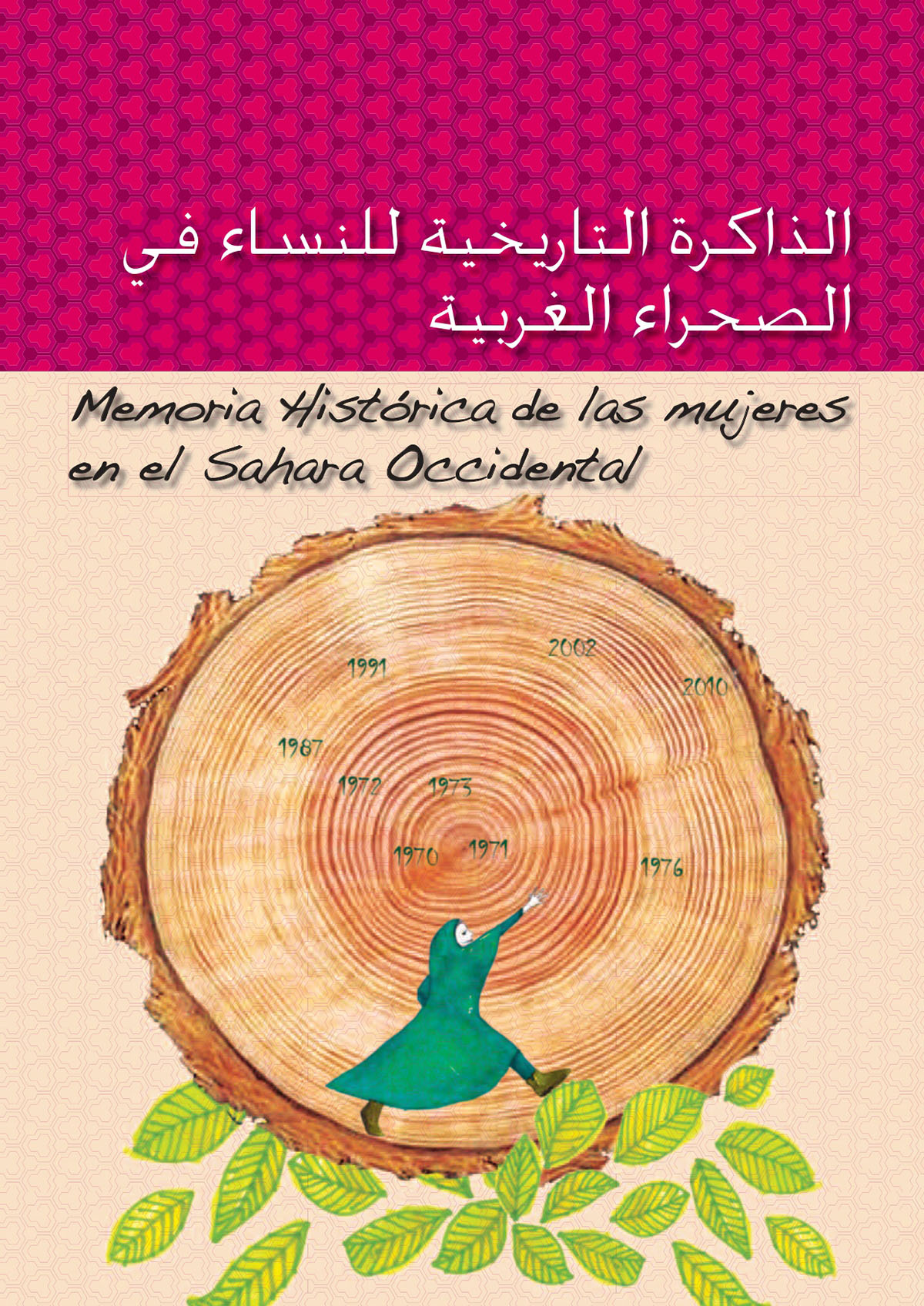 |
Memoria histórica de las mujeres en el Sáhara Occidental Mendia Azkue, Irantzu; Guzmán Orellana, Gloria 2016
|
|
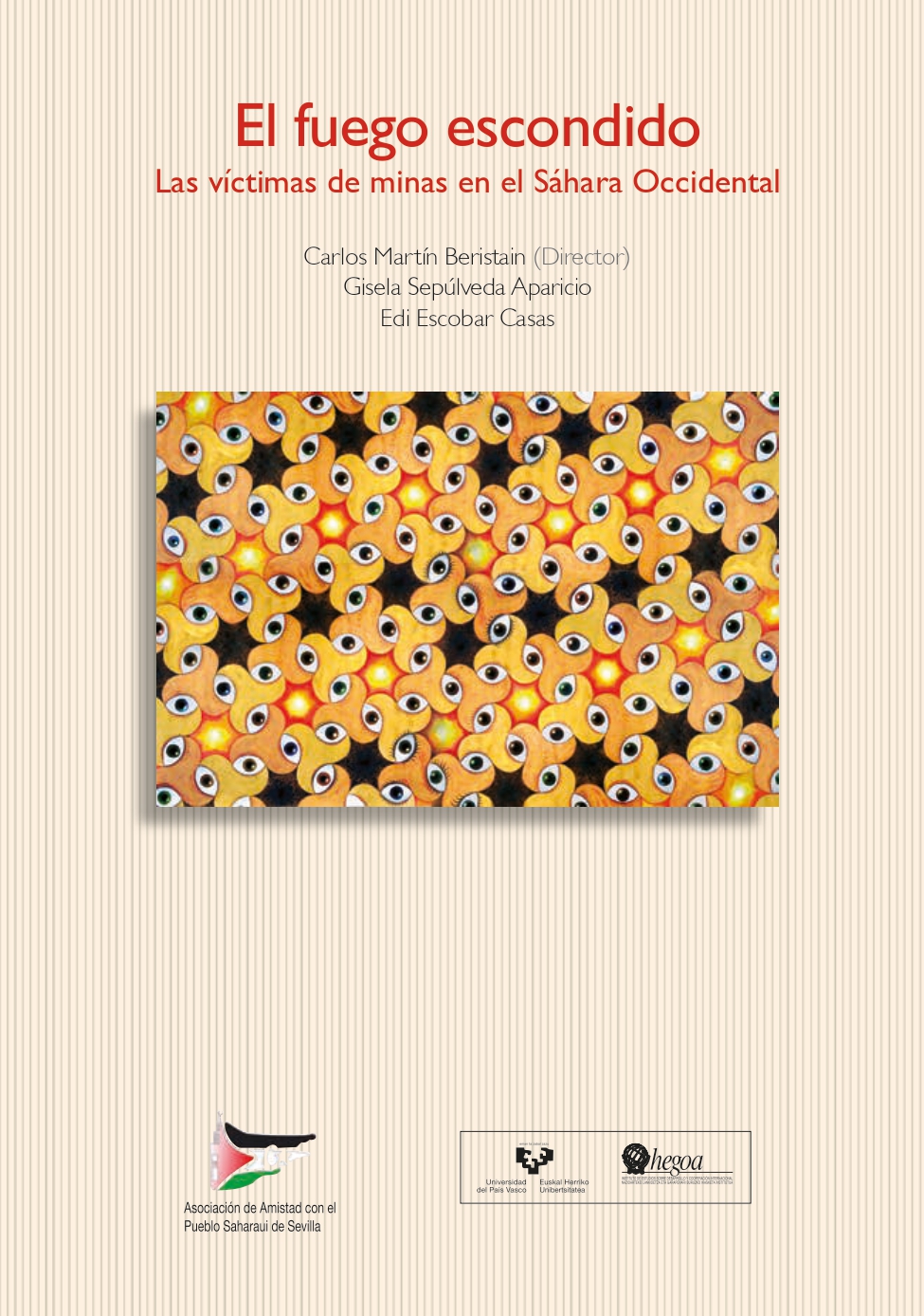 |
El fuego escondido: las víctimas de minas en el Sáhara Occidental Martín Beristain, Carlos; Sepúlveda Aparicio, Gisela; Escobar Casas, Edi 2017 |
|
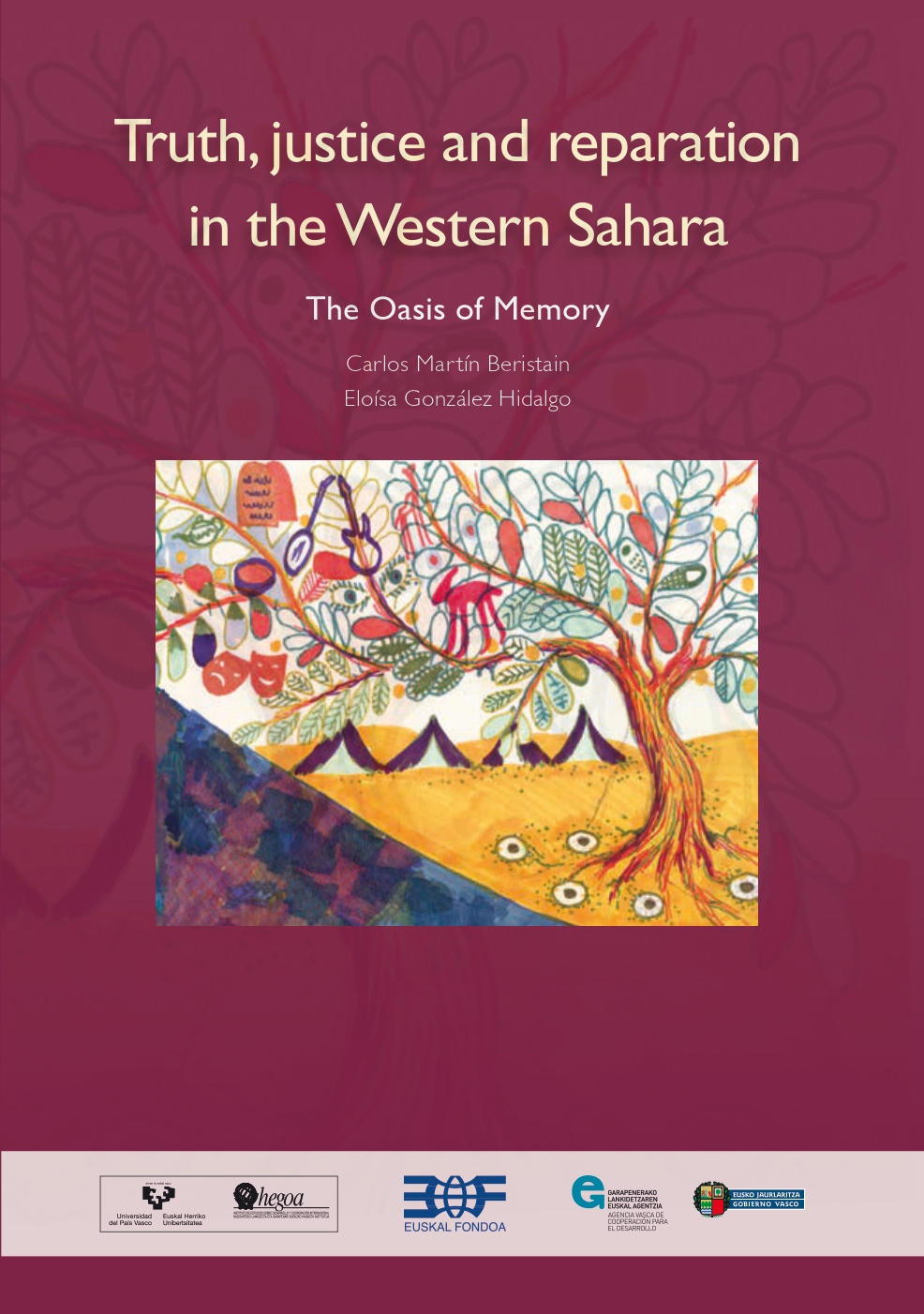 |
Truth, justice and reparation in the Western Sahara Martin Beristain, Carlos; González Hidalgo, Eloísa 2016 |
|
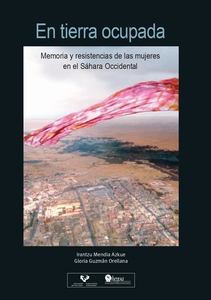 |
En tierra ocupada. Memoria y resistencia de las mujeres en el Sáhara Occidental Mendia Azkue, Irantzu; Guzmán Orellana, Gloria 2016 |
|
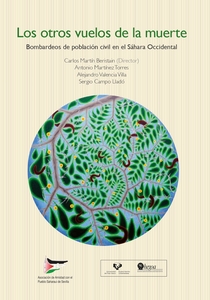 |
Los otros vuelos de la muerte. Bombardeos de población civil en el Sáhara Occidental Martín Beristain, Carlos; Martínez Torres, Antonio; Valencia Villa, Alejandro; Campo Lladó, Sergio 2015 |
|
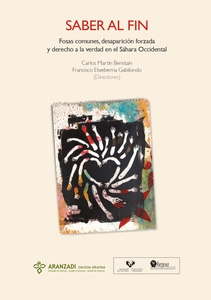 |
Saber al fin. Fosas comunes, desaparición forzada y derecho a la verdad en el Sáhara Occidental Martín Beristain, Carlos; Etxeberria Gabilondo, Francisco; González Hidalgo, Eloísa; Campo Lladó, Sergio; Herrasti Erlogorri, Lourdes 2015 |
|
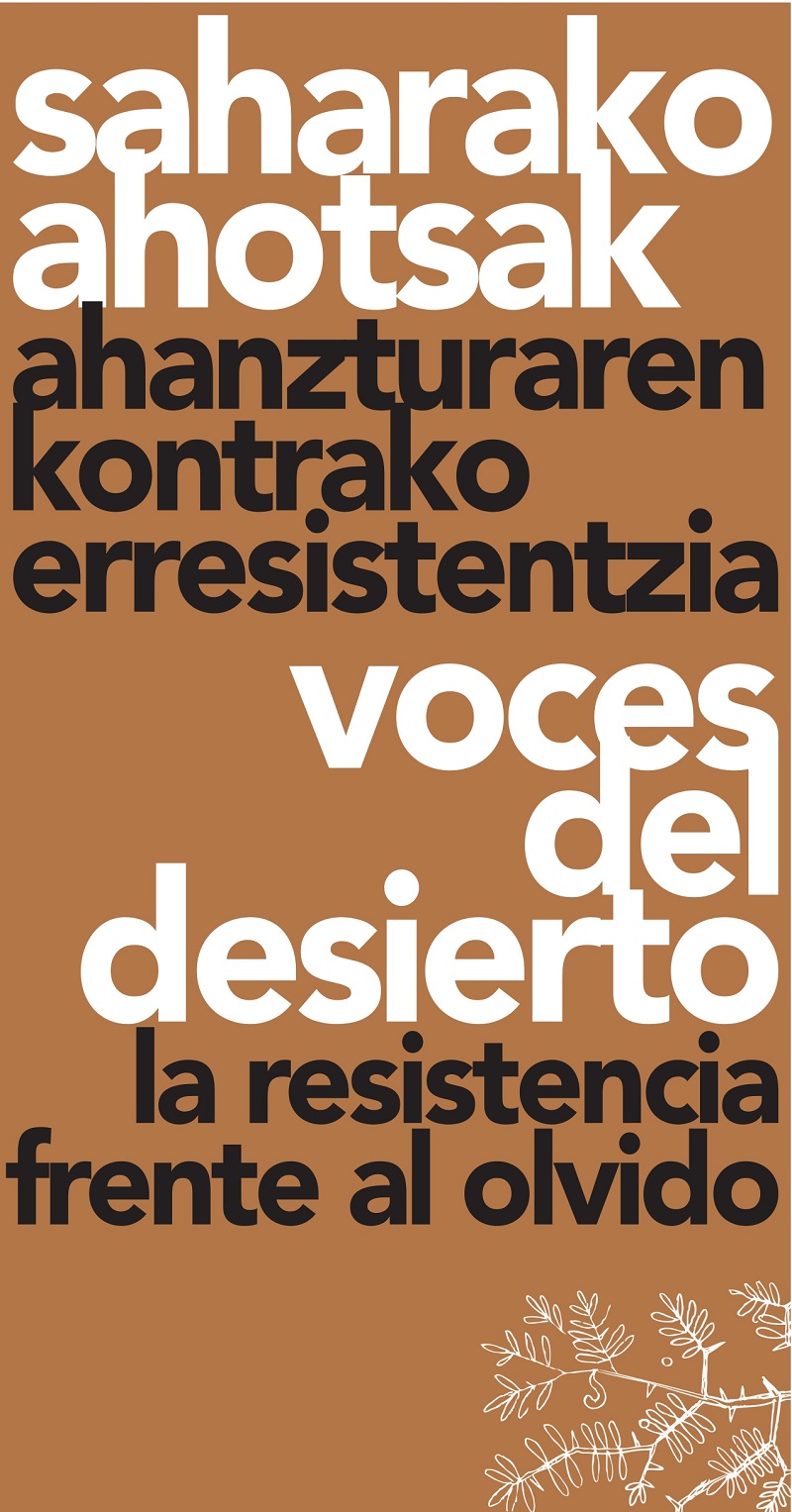 |
Martín Beristain, Carlos; Etxeberria Gabilondo, Francisco Exposición. 2014 |
|
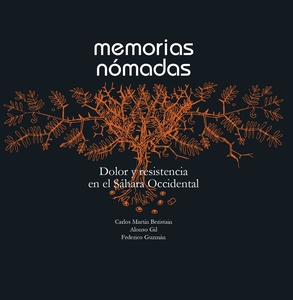 |
Memorias nómadas. Dolor y resistencia en el Sáhara Occidental Martín Beristain, Carlos; Gil, Alonso; Guzmán, Federico 2014 |
|
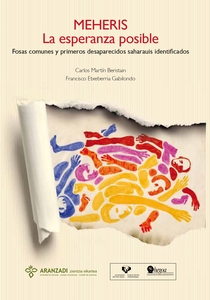 |
Martín Beristain, Carlos; Etxeberria Gabilondo, Francisco 2013 |
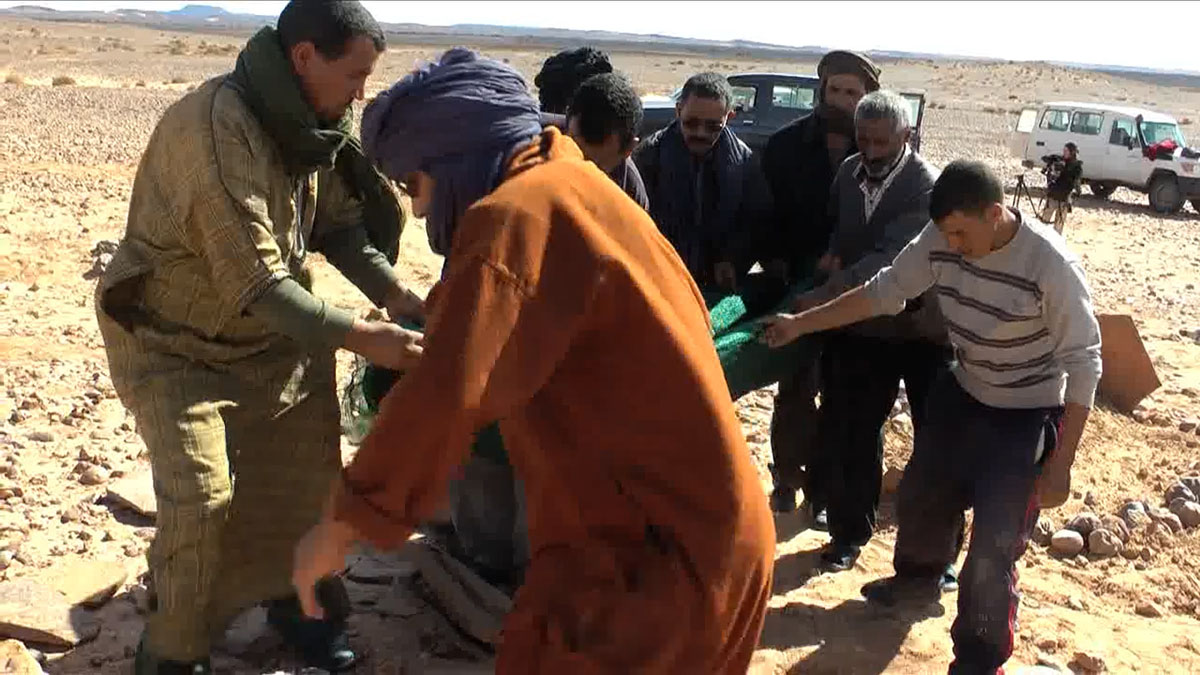 |
Documental (25'02"). Edición: Eztizen Miranda. Coordinación: UPV/EHU y Aranzadi.
2013 |
|
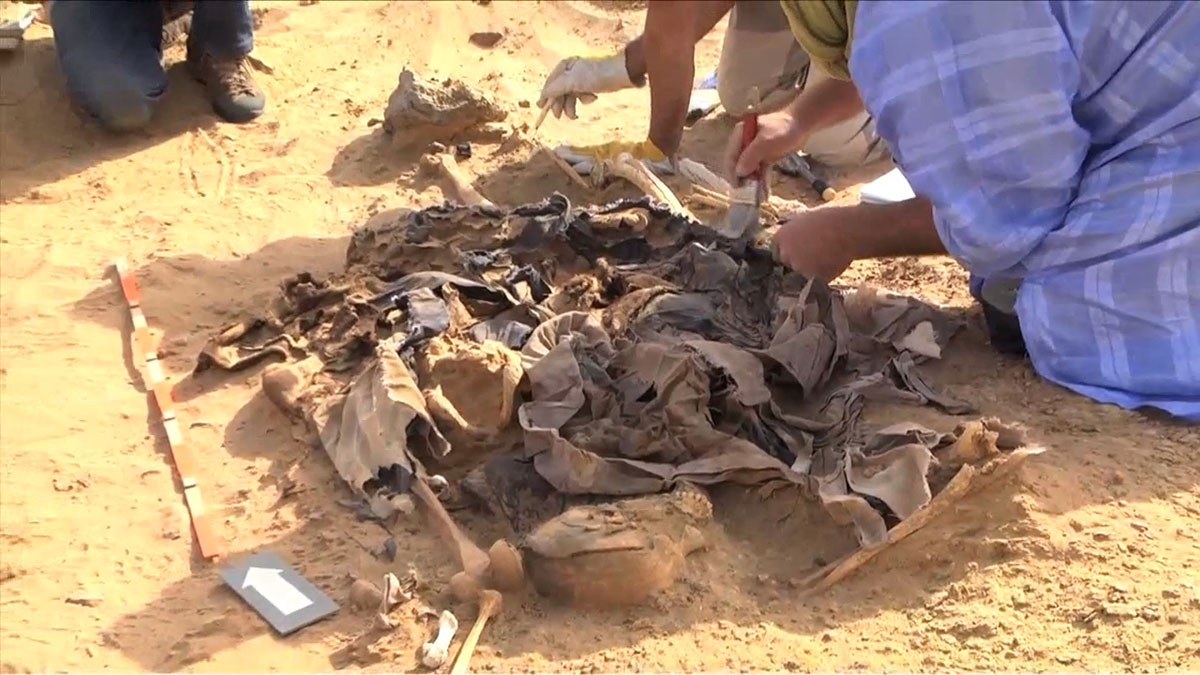 |
Documental (27'25"). Edición: Eztizen Miranda. Coordinación: UPV/EHU y Aranzadi. 2013 |
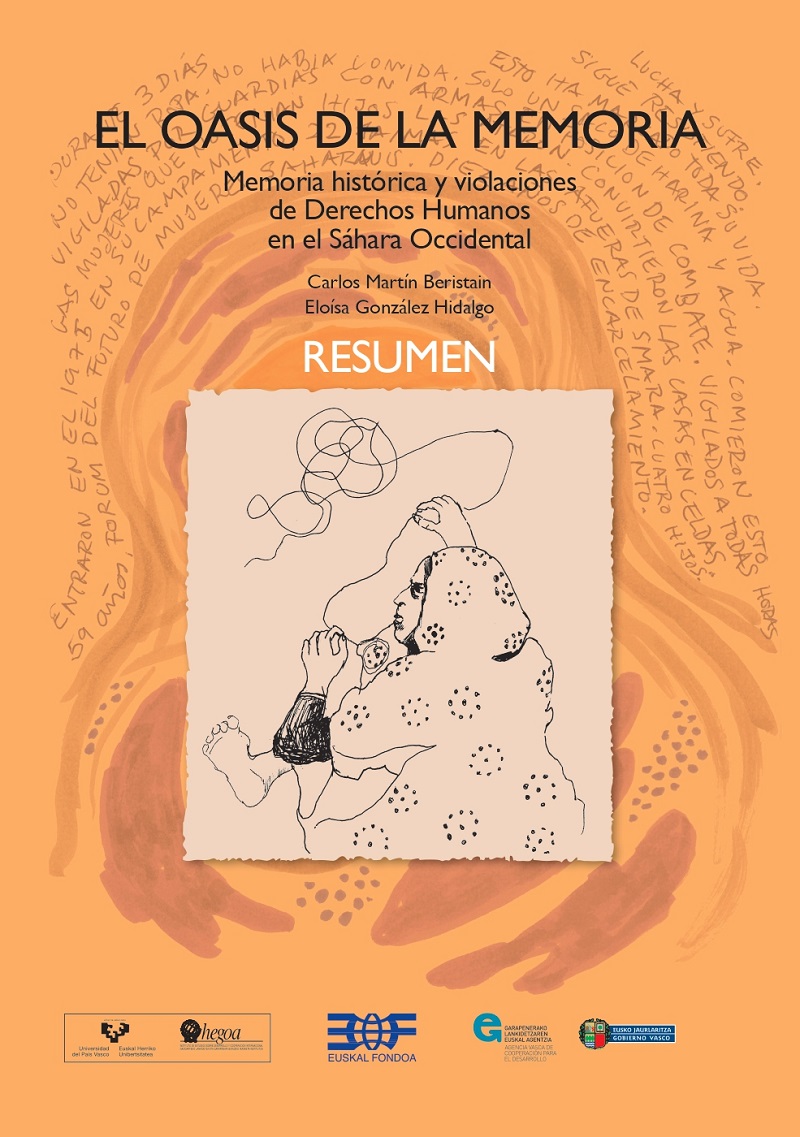 |
Martín Beristain, Carlos; González Hidalgo, Eloísa 2012
|
|
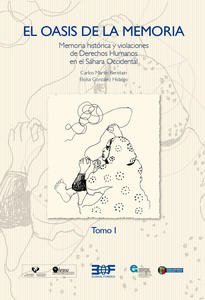 |
Martín Beristain, Carlos; González Hidalgo, Eloísa 2012 |
Más información:
Siguiendo este enlace podrás consultar más recursos editados por Hegoa en su labor de acompañamiento a las organizaciones de derechos humanos saharauis.